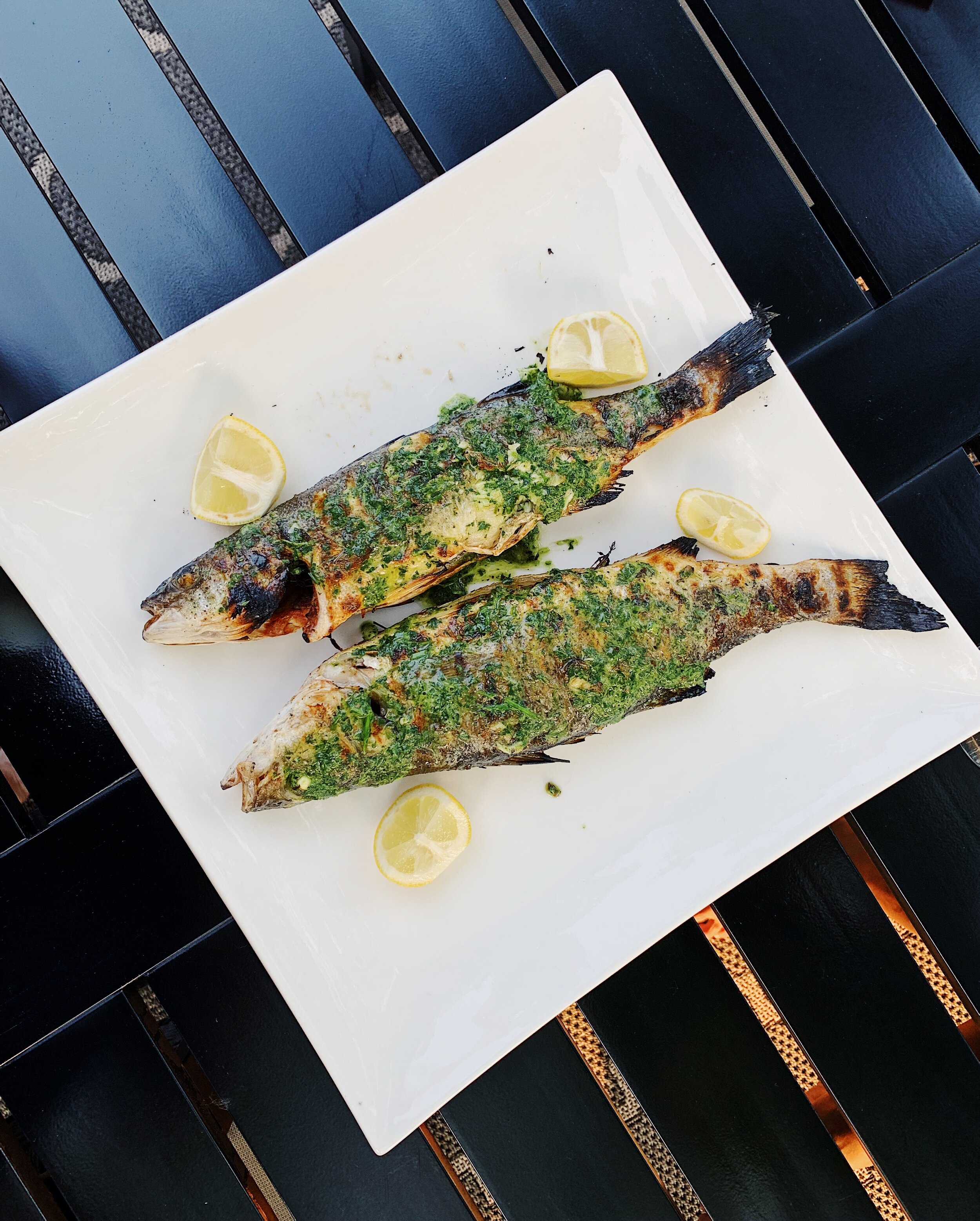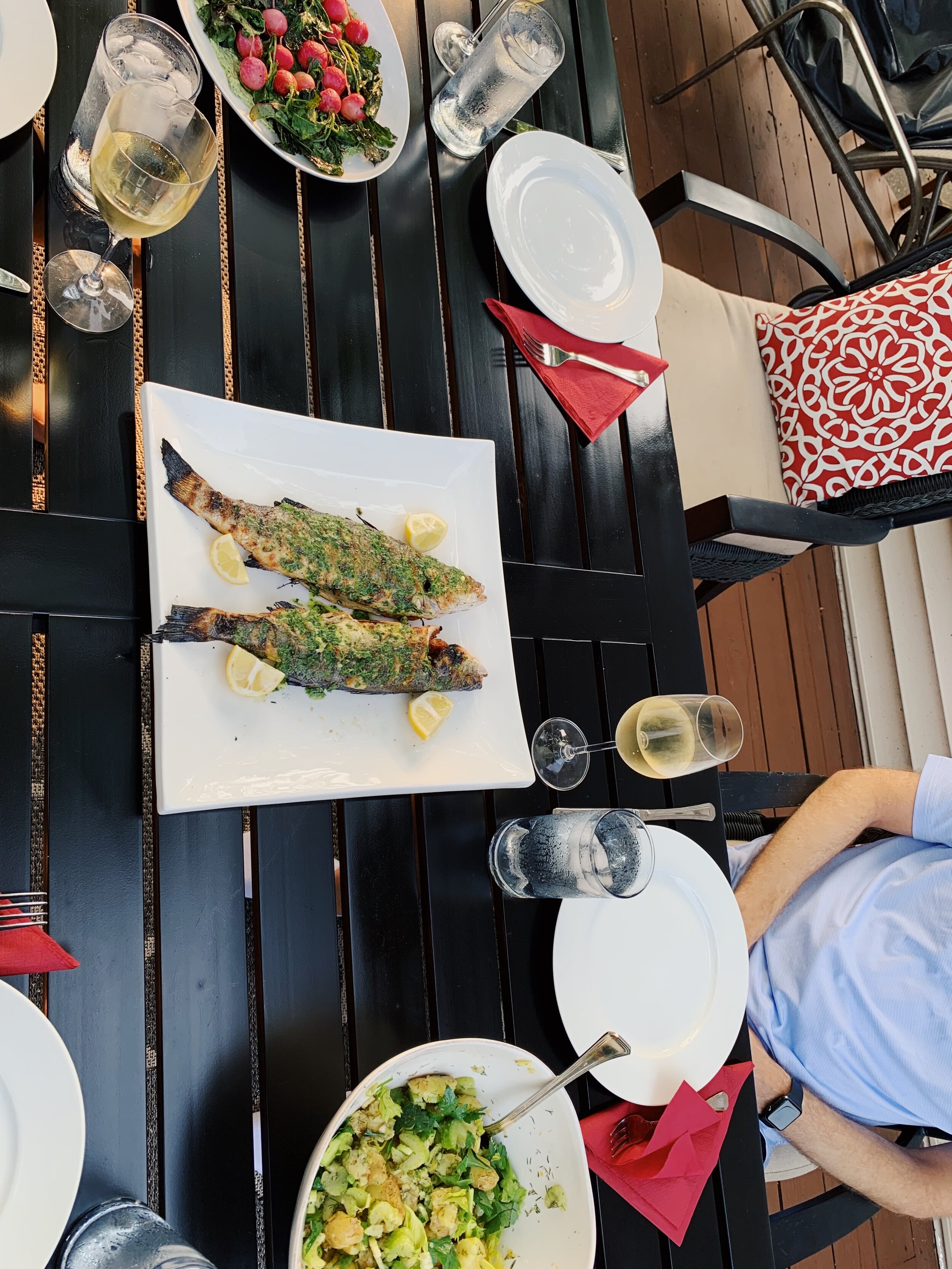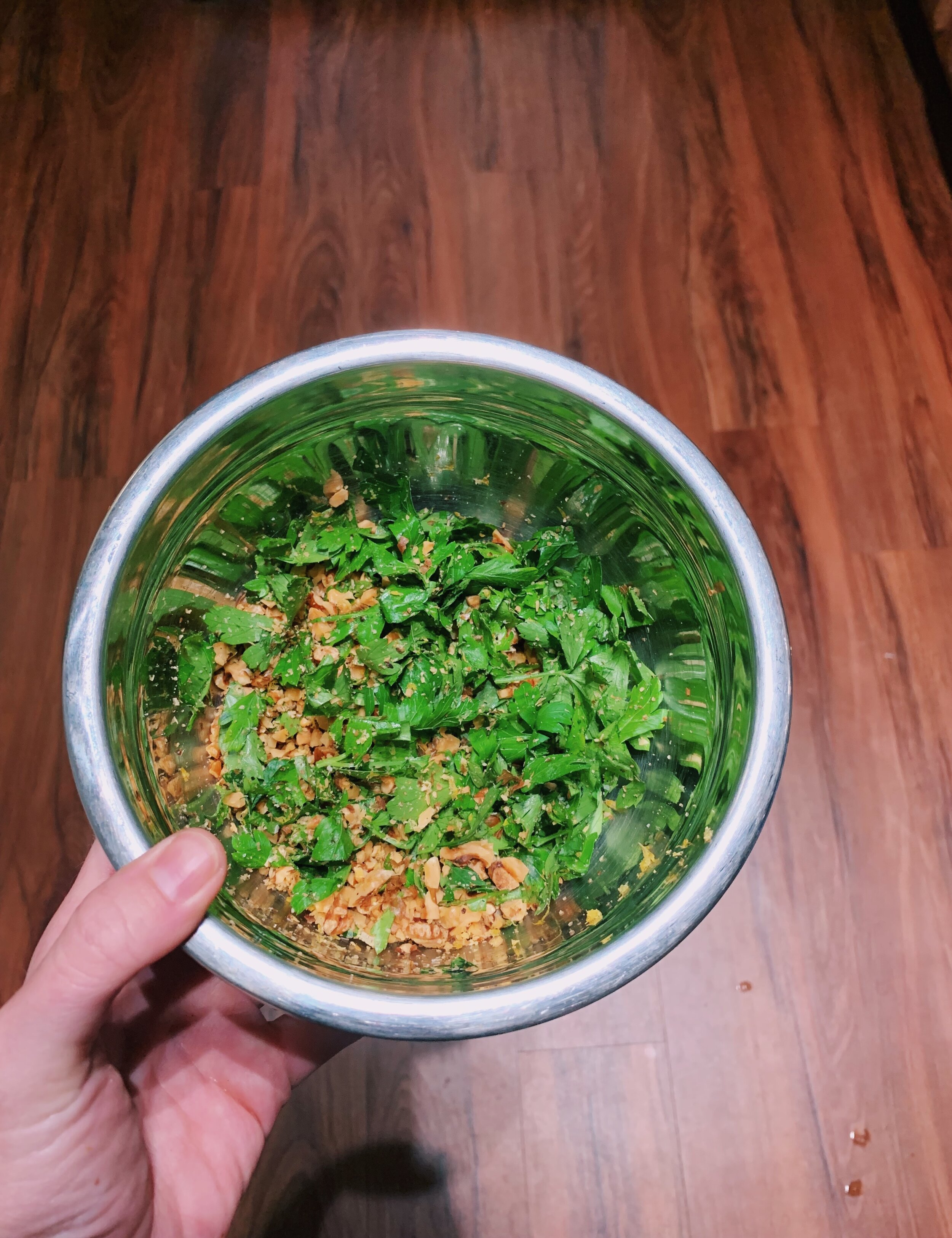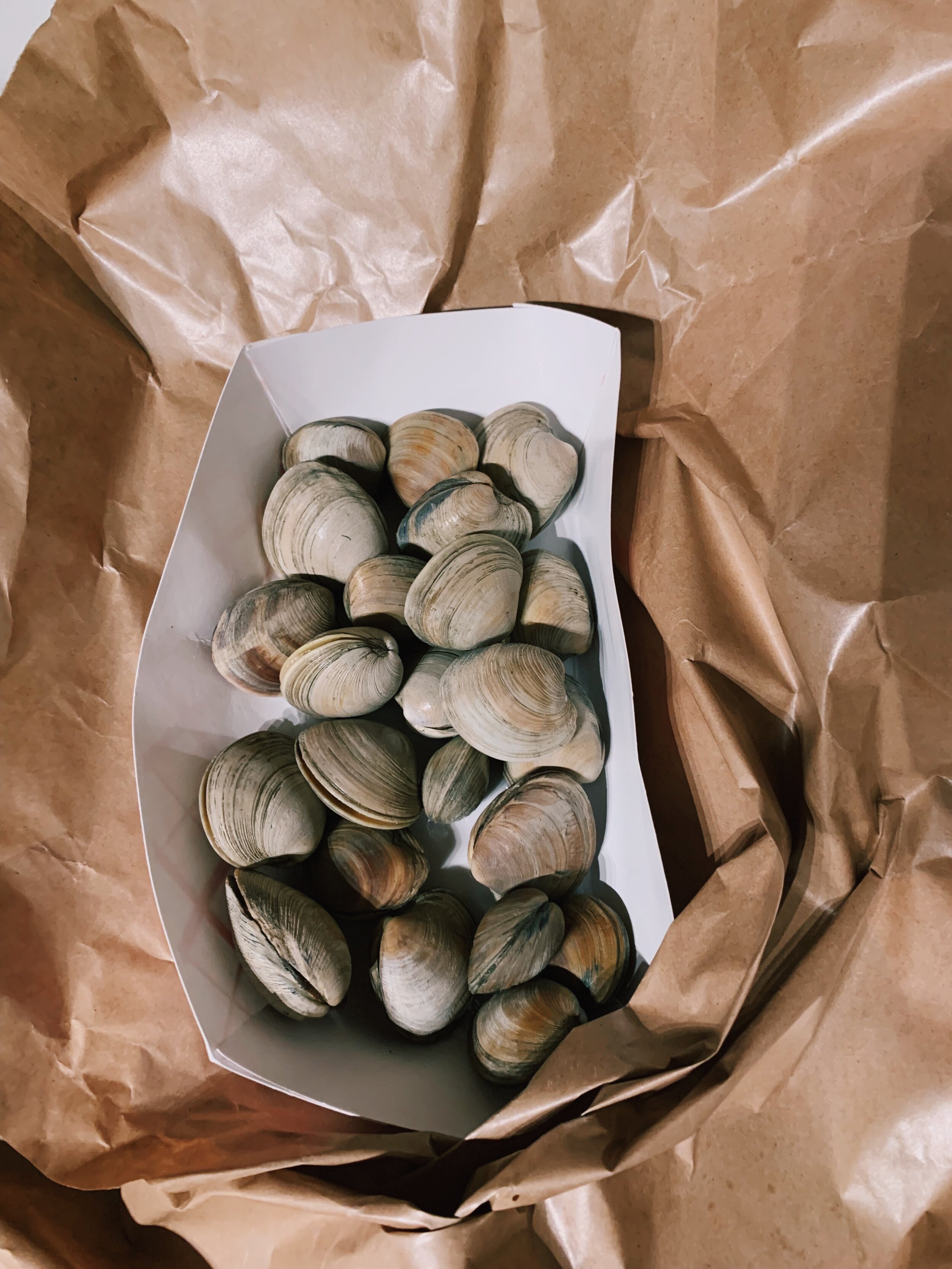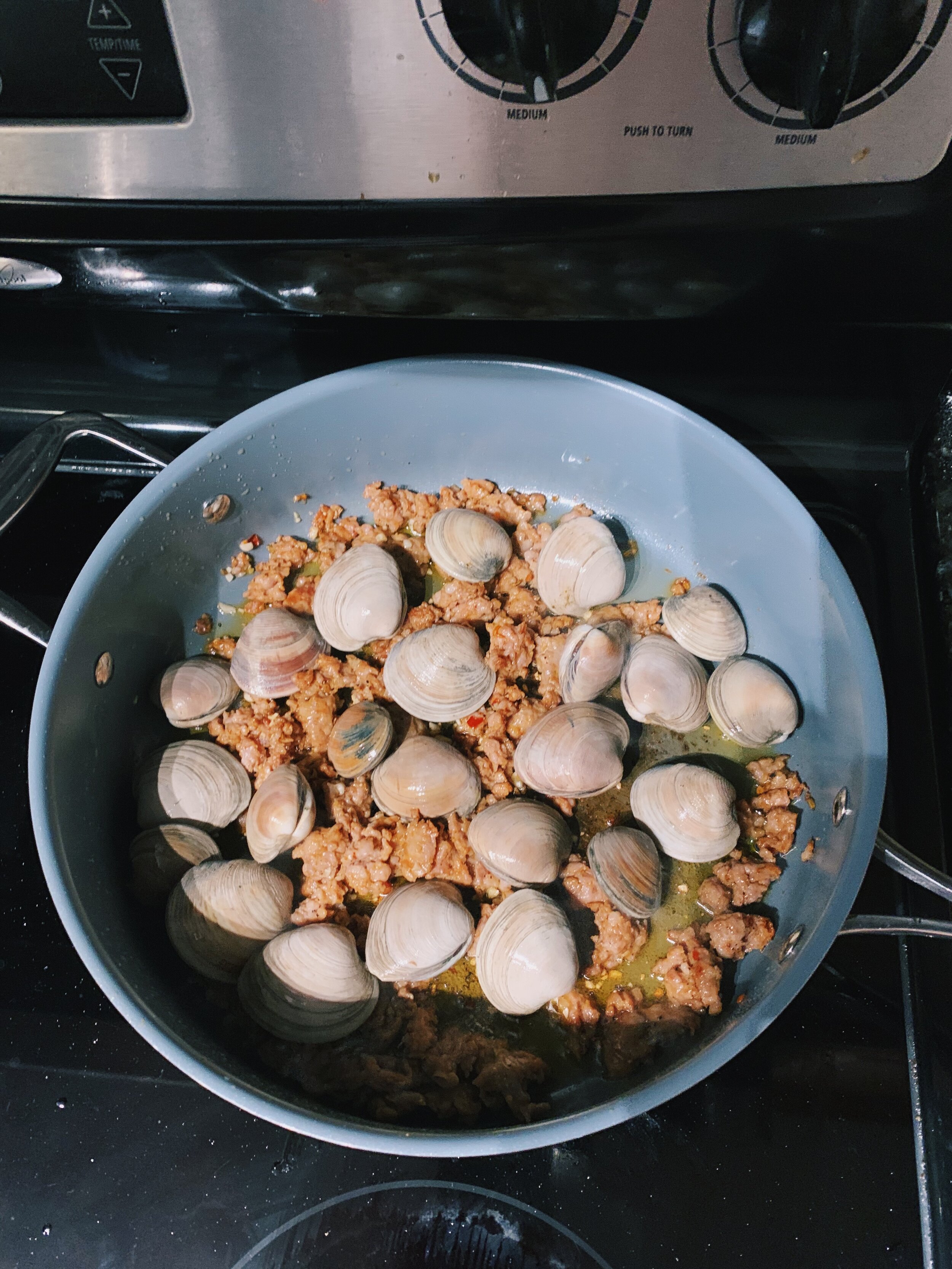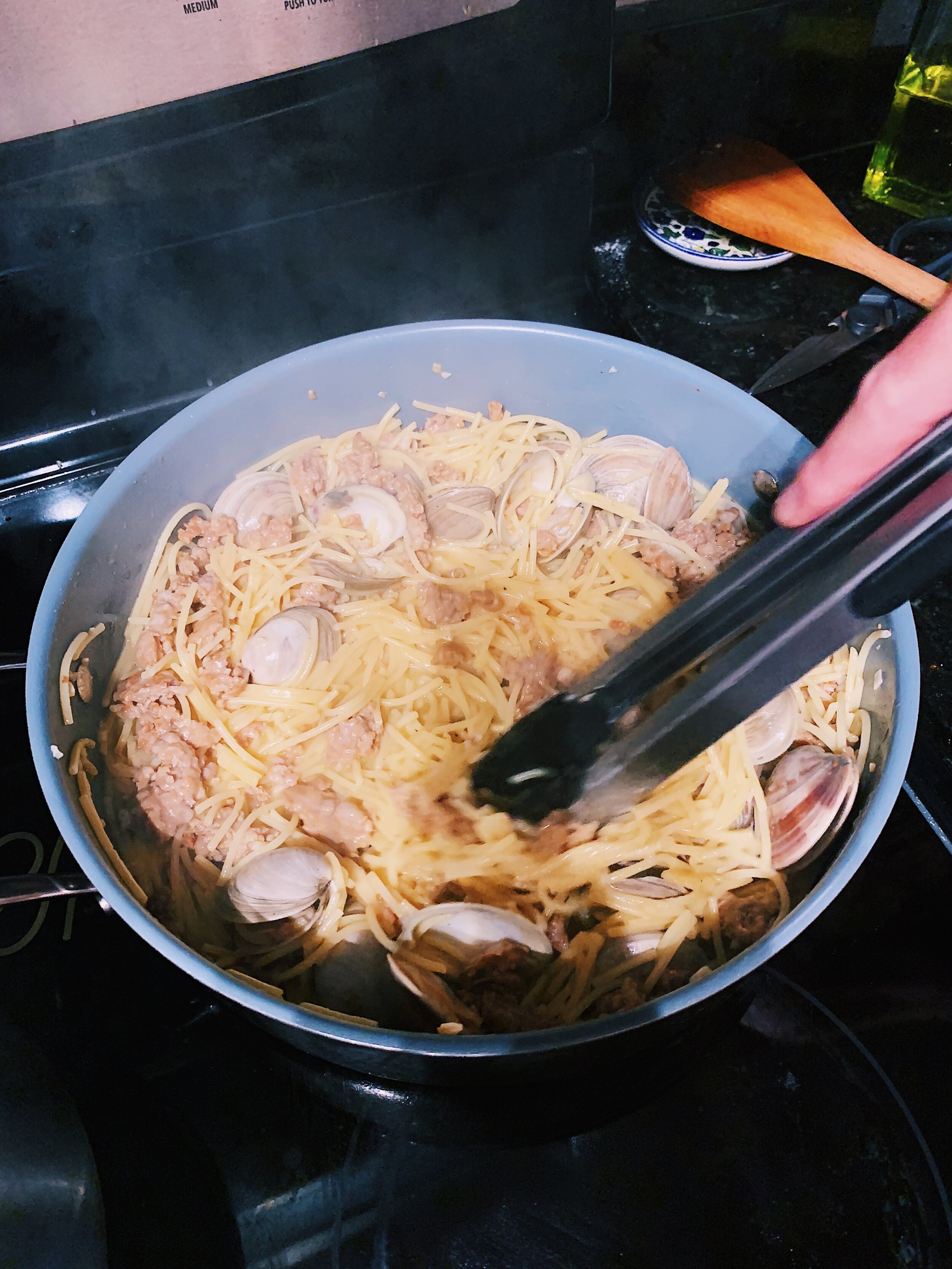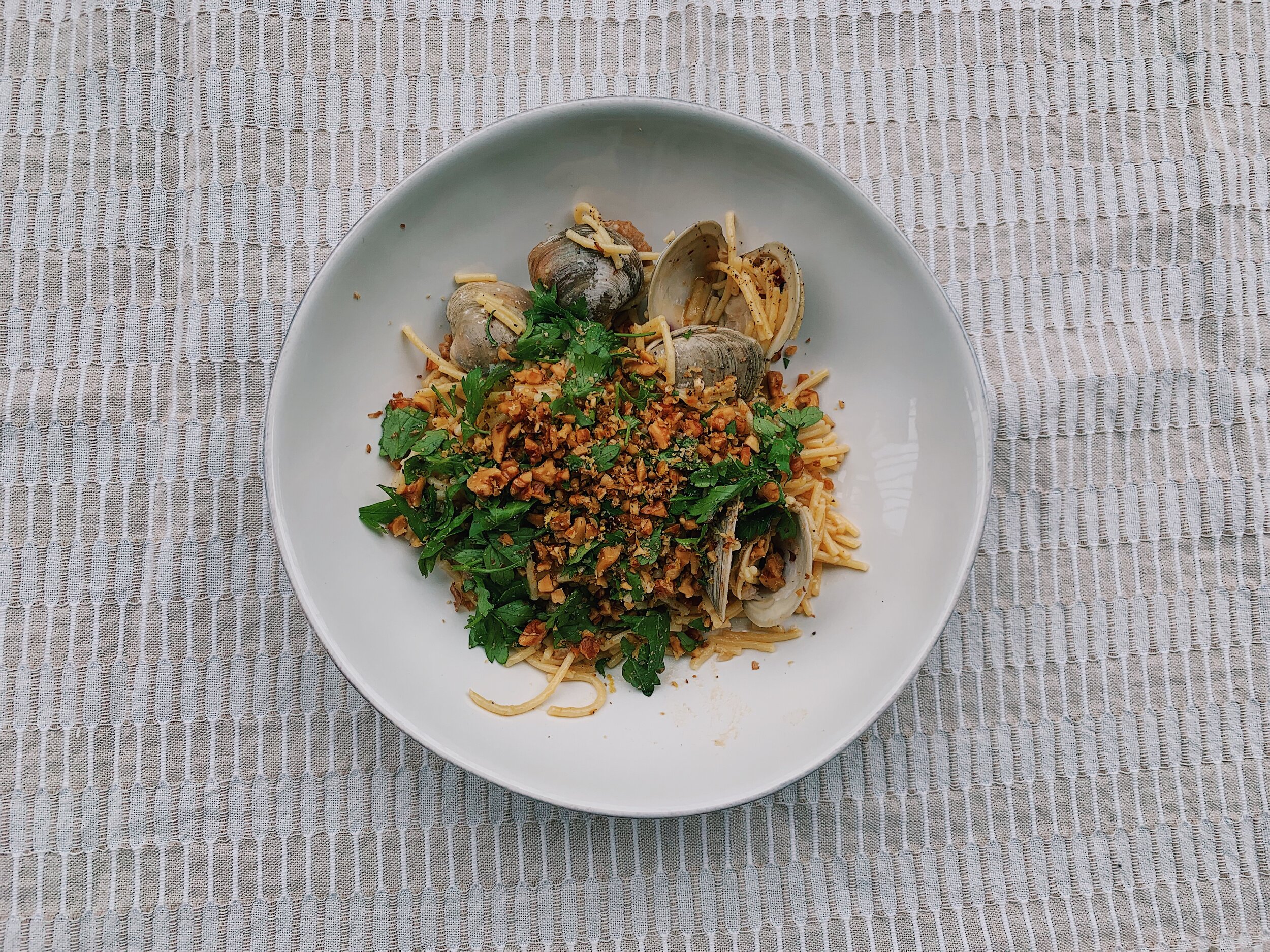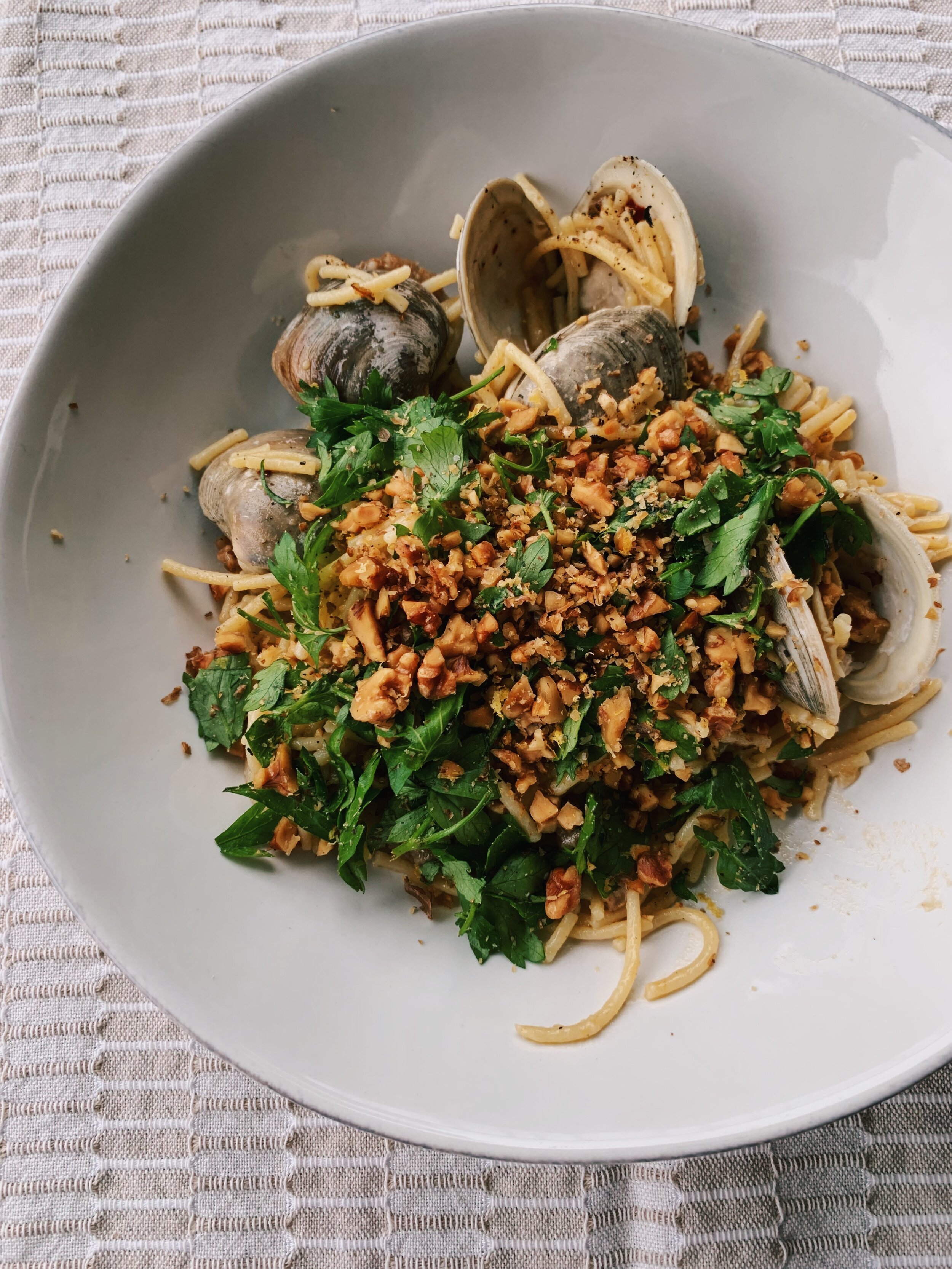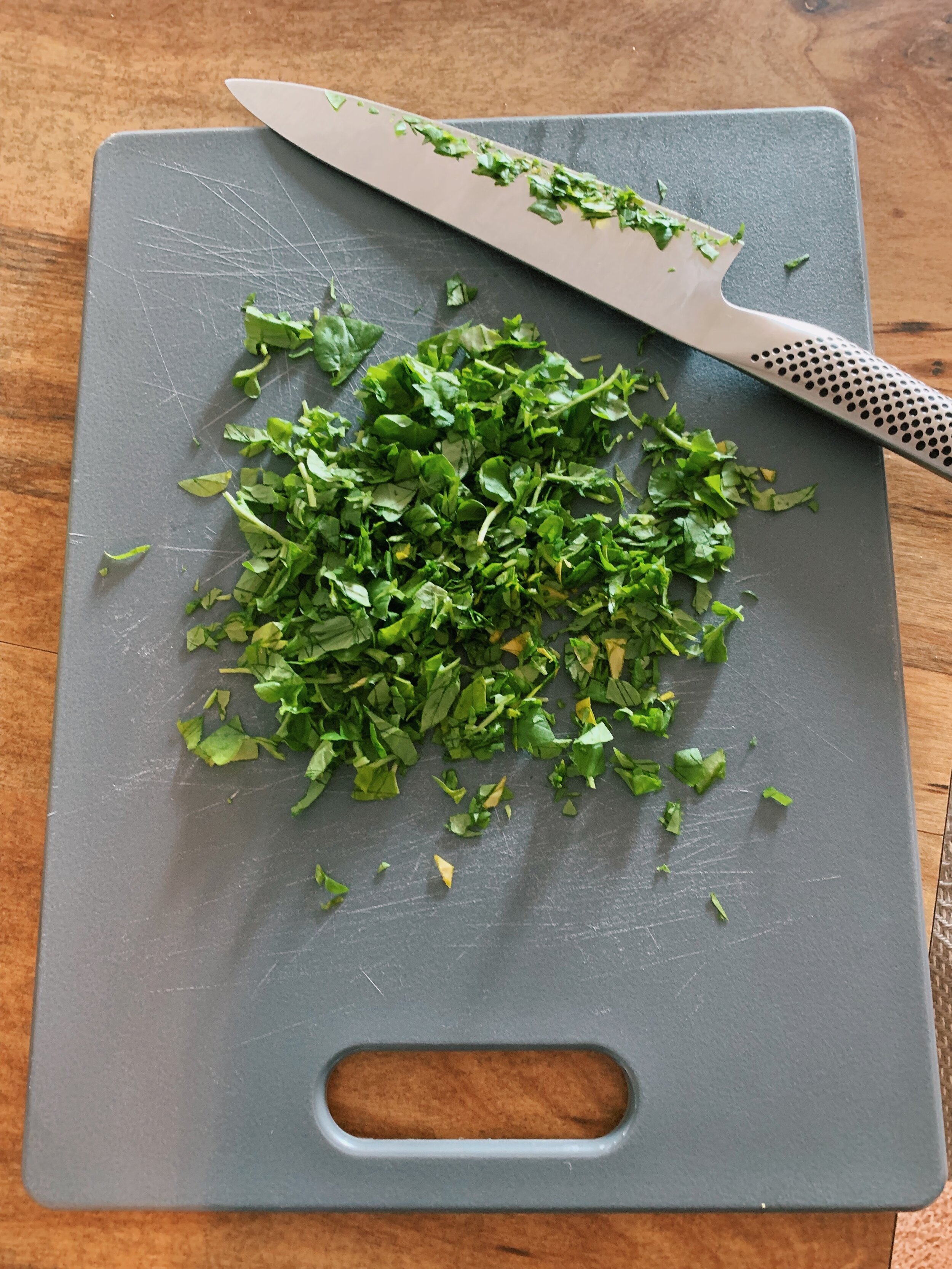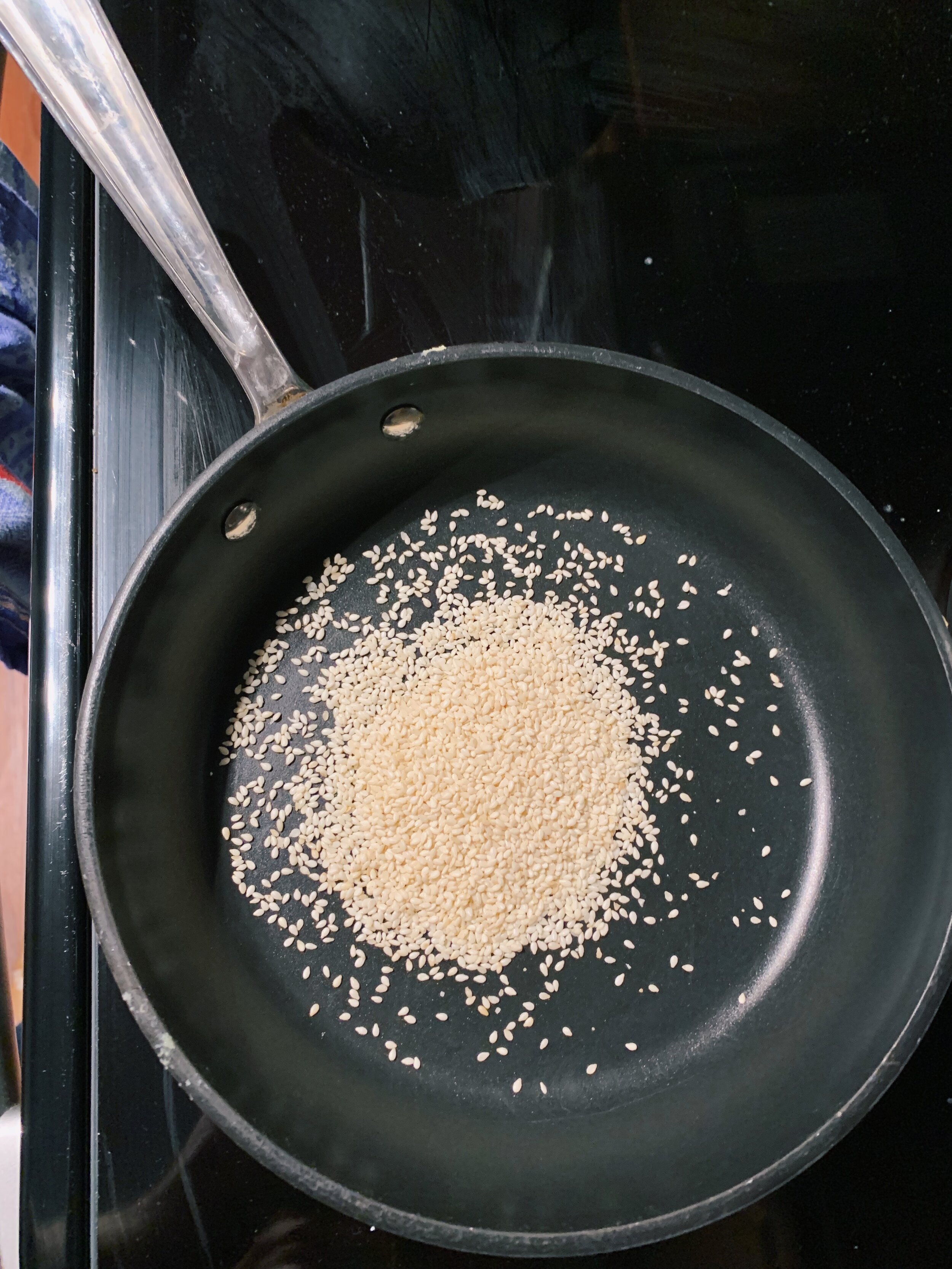Anchovies don’t have the best reputation. I know, because I used to make an “eww” face when someone mentioned them. In the same way that sardines aren’t widely loved, anchovies draw out an almost automatic, negative response. Something about skinned fish submerged in oil with a strong smell. After 7 months of cooking with anchovies regularly, I confess I still get a little grossed out when I open a new tin and coax the tiny fillets out of the oil. They’re not visually appetizing.
Through this project, I’ve come to realize and appreciate the powerful flavor that anchovies contain. When heated, their fishiness practically disappears and I’m left with a salty umami that cannot be replicated by dumping a bunch of salt into something. The saltiness of anchovies add depth without calling attention to themselves. Case in point: after just a few bites of this chicken, my mother-in-law said, “There are anchovies in this? I can’t taste them at all!” Little did she know that almost an entire tin of anchovies were used to flavor the chicken.
Because anchovies pack so much flavor power, little else is needed to accompany them. This chicken, a 3.5-4lb. bird, gets covered in a thin layer of salt and pepper, before a half stick of room temperature unsalted butter mixed with finely chopped anchovies and garlic gets slathered all over its skin, and even under its skin. Alison encourages us to “really get in there” with the butter. Before sticking this in the oven, I placed a head of garlic, cut crosswise, and several springs of fresh thyme into the cavity of the bird. I placed a red onion, cut into eighths, around the base of the bird to catch the fat drippings.
The bird spends 25-35 minutes in the oven at 425 degrees. Then the temperature gets adjusted to 350 degrees, the onions get tossed in the rendered chicken juices, and it all spends another 30-35 minutes in the oven. At least, that’s how Alison tells it. I, on the other hand, had yet another chicken incident where the chicken is not at all ready when she says it will be. Yes, I used an oven thermometer and made sure my oven is as hot as it says it is. But everytime one of Alison’s chickens uses this half-an-hour at a higher temp, then half-an-hour at a lower temp method, my chicken is undercooked and I spend the next 20-30 minutes checking it every 5 minutes or so. I need to find the right solution to this problem, which will take some experimentation. Perhaps I don’t turn the temperature so low halfway through. Or I budget in the extra 30 minutes from the get-go so I don’t have a group of hungry people waiting for the chicken to finally finish. I’ve had great success with Alison’s low-and-slow method, where the bird sits for 2.5 hours at a low temp. Maybe I convert her recipes to use this method? (Margaret, any other ideas?)
The bird was still very tasty, though a little dry on the top layers of meat from all the checking and poking with the meat thermometer. Once the chicken was cooked, I tossed a bowlful of torn sourdough bread in the chicken fat and stuck the pan back into the oven to crisp up. Chicken fat croutons were easily the best part of this dish.
If I can figure out the oven conundrum, this dish has potential to become a regular in my kitchen. But until then, I’m sticking with the other low-and-slow birds.
116 recipes cooked, 109 to go.





